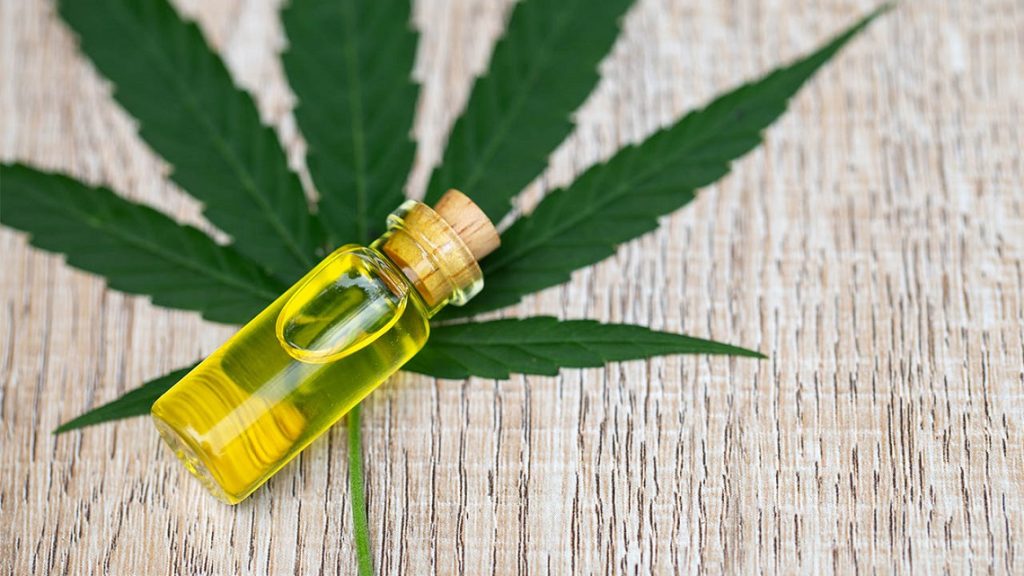
Which Method to produce cannabis oil?
When you have chosen your solvent, you will need to consider which method you are going to use to make your extraction.
The first step common to all methods is the decarboxylation of all the cannabis material to be used in the extraction. Decarboxylation is a chemical reaction that releases carbon dioxide (CO2). When this occurs a chemical reaction takes place in which carboxylic acids lose a carbon atom from a carbon chain. This process converts the cannabinoid acids; For instance, THCA converts to THC, the psychoactive compound of cannabis. Gently heating activates all of the cannabinoids in this way and the better the quality of cannabis used, the better the resultant oil will be. Use top-grade cannabis buds for the best results and completely dry the cannabis in an oven at 230°F (110°C). Once the plant material has been removed and allowed to cool, take off all the stems and break the plant material into small pieces. This will allow the solvent to mix freely and ensure the efficient extraction of the cannabinoid oils. You should use enough solvent to completely cover and soak the cannabis plant material.
Crock Pot Extraction cannabis oil Method
This method uses a crock pot (slow cooker) to complete the solvent evaporation. You can also use a rice cooker to complete the process in the same way.
Place the bone-dry cannabis material into a container and cover it with your solvent of choice. Shake or stir vigorously. The longer you agitate the mixture, the more cannabinoids you will extract. However, if you use a polar solvent like ethanol, then short exposures are preferred as polar solvents also extract water-soluble materials such as chlorophyll from the plant.
Filter the plant solvent mixture through a funnel lined with a coffee filter; if you are only making a small amount a cafetière is a convenient and quick way to remove the bulk of the plant material, but you still need to carry out the final filtration through a coffee filter which removes the empty trichomes and other fine contaminants. If you have filtered your solution correctly you will be left with an amber-looking liquid.
Pour the liquid into a crock pot or rice cooker with the lid removed and turn it on. As the cooker heats up the solvent will start to boil away. Be careful, as boiling solvents are very volatile. This process must be performed outdoors in a well-ventilated area away from any naked flames. Once the majority of the solvent has been evaporated, it should be poured into a glass container and placed onto a coffee warmer for the final evaporation process. This can take anywhere from 24 to 48 hours and is complete when there is no more bubbling from the oil.
Allow the oil to cool slightly, and carefully draw up the oil into a clean syringe ready for storage or immediate use.